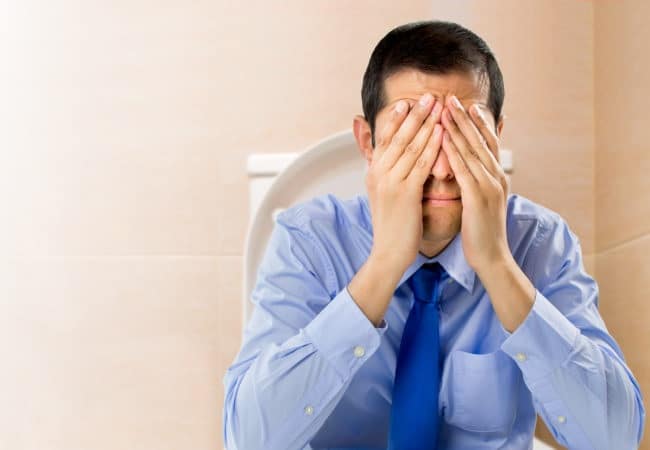Today we are going to discuss the common management for Hemorrhoids with special reference to “Conventional Open Surgery vs Advanced Laser Treatment for piles or Hemorrhoids”.
Hemorrhoids are commonly known as piles are swollen blood vessels in the lower rectum as well as the anal canal which are abnormally engorged. During defecation slip out of place causing bleeding and rupture. A person’s daily lifestyle is affected as piles cause discomfort and itching.
Piles is a common condition, but most of them feel reluctant to talk about it to their doctors and are too embarrassed to see their doctor about it until the pain or discomfort becomes unbearable or when there is bleeding, causing worry that it may be something more serious.
Constipation, unbearable pain in the anus during a bowel movement, red-colored discharge or bleeding along with stools, discharge of mucus fluid, and a feeling of fleshy tissue coming out of the anal canal are the common symptoms of piles. Sometimes few patients present with large lumps/masses around the anal canal which do not go in.

Many reasons can cause Piles, some of them are weak rectal veins and walls due to aging, diarrhea, chronic straining during motion which I feel the most common reason; and sitting for a prolonged time in the toilet, unhealthy food habits, and obesity can cause piles.
Arterial blood hyper flow causes swelling in the swellings in hemorrhoids, hyperplasia and venous congestion consequently.
Hemorrhoids (Piles) – Treatments
More than 50/60% of the patient especially in India present after having severe symptoms.
The treatment of piles depends on the severity and the type of symptoms affecting the patient. Simple preventive measures include having a balanced fiber-rich diet and adequate water intake to allow regular bowel movement without straining. If this doesn’t help, other treatments available include:
- Oral medications or topical suppositories. Small bleeding piles can be treated with this process.
- Ligation. This rubber band treatment works effectively on small internal hemorrhoids which occasionally bleed. The blood supply is cut-off with the help of a small rubber-band. As the band and hemorrhoids fall apart in a few days the wound takes one or two weeks to heal. This procedure sometimes produces mild discomfort and bleeding.
- Injection sclerotherapy. In this procedure, one chemical injection, called sclerosant, is injected by the doctor into hemorrhoidal tissue, causing it to sclerise or dry and eventually fall off. This is a painless treatment when compared to the others but helpful only for small hemorrhoids.
- Piles that are not prolapsed can be ligated or injected. These are done in the outpatient clinic and do not require hospitalization. But these procedures may not be beneficial for larger hemorrhoids and usually need more than one setting.
Conventional treatments or Open Surgical Procedures:
Surgical excision of hemorrhoids at all positions after ligating the base of the hemorrhoids with stitches is conventionally done as an open technique. Major drawbacks of this procedure are increased pain after a procedure, delayed recovery, and increased chances of anal stenosis especially if larger hemorrhoids are treated.
Stapler Hemorrhoidectomy:
A relatively novel technique, introduced over the last decade wherein circumferential hemorrhoidopexy is done using hemorrhoidal staplers. This procedure is comparatively less painful than the conventional technique.
Laser Treatment for Piles:
Method: This Laser Treatment doesn’t need anesthesia, terminal arterioles of the upper rectal artery are identified by a Doppler transducer (20 MHz probe 3 mm) placed on a specially designed proctoscope. After identification, it promotes arteriolar electrofulguration at 980 nm fiber laser diode, causing interruption of hemorrhoidal flow. This procedure is repeated circumferentially, following the clockwise positions.
It is the least painful, daycare procedure, no wounds or follow up dressing is required.

